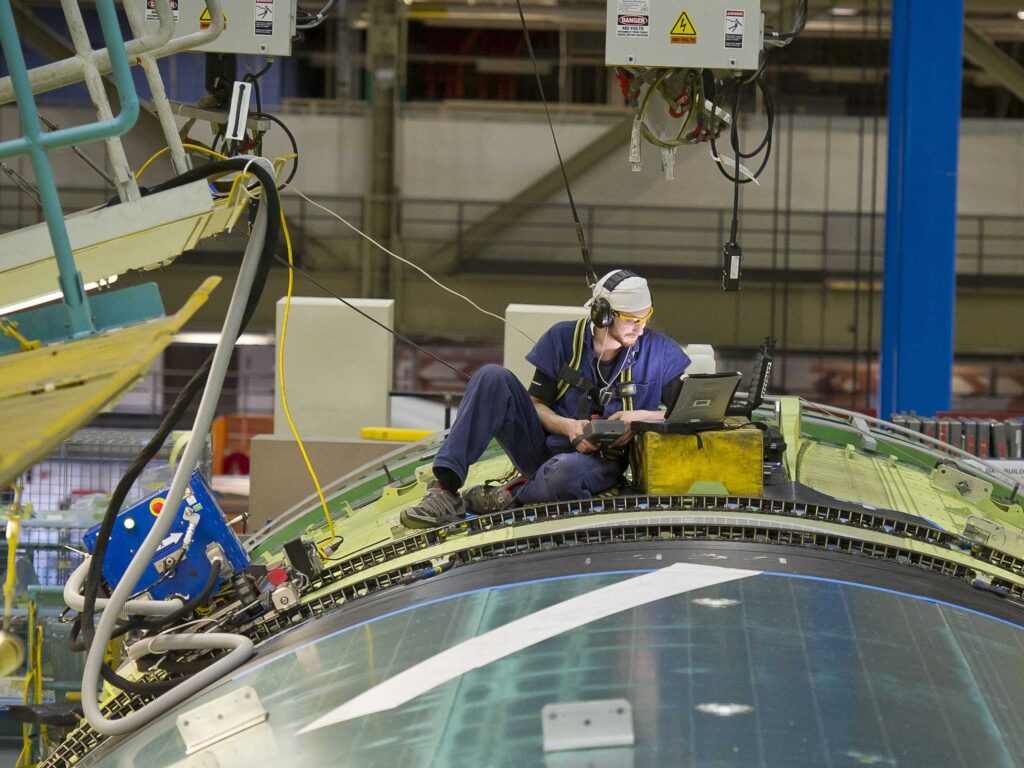We Need Aerospace Engineering Graduates!
Aerospace Engineering is a broad subject with many routes. But it’s an incredible, diverse career. Especially in emerging technologies.
If you are an aspiring engineer, we desperately need you in these new areas.
You see the Aerospace industry is under pressure. And for good reason. We burn fossil fuel for energy and lots of people view flying as discretionary travel. Other industries get their energy the same way, but they heat or cool our homes, provide electricity to homes and businesses, and produce our food.
We need a sprinkle of Magic.
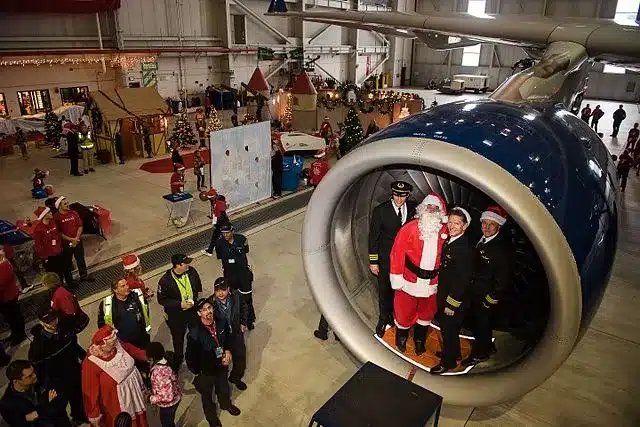
New World - New Design
Fact 1: Aviation contributes 3% of the total global CO2 emissions. Yes, 3%. FACT 2: In the last 50 years Aviation has improved its fuel efficiency by 50%. In every other mode of transportation, only Elon Musk can say he’s done something similar with the automobile. How did aviation achieve this?
Engineers.
But now we have a deadline. Some say 2030, others 2050. But Aviation must deliver on the promise that our usage of fossil derived energy must hit net zero by 2050. That’s right. In less than half the time, we need to turn 50% efficiency into 100%. So, there’s a lot of work to be done.
“Just build electric Aircraft!!” We hear you shout. Sure, but only if you, your wife and one child want to travel somewhere within two hundred miles. Without luggage.
But for Commercial aircraft? No Siree bob.
Aerospace Engineering
So, it’s through that lens that we want to guide your thought process. Yes, we will give you the basics, but we know you’re smart enough to find Aviation BSc courses or Aerospace MSc courses in your own country.
And we don’t need to tell you what kinds of subjects they’ll teach you at Aerospace Engineering and why. But what we want to control is to highlight specific areas that have developed in recent years, where we desperately need undergraduate students soon. Preferably yesterday.
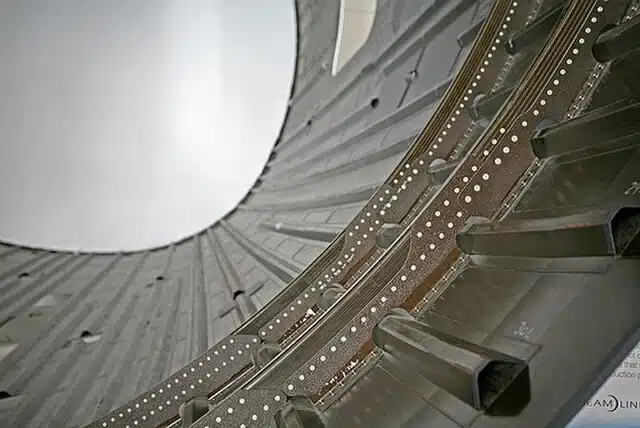
Composites Industries
Composites have been around in rockets for years. The B737 was the first commercial aircraft to use composite material. Its composite tail was designed more than 30 years ago. Now the entire B787 fuselage is made from Carbon fiber reinforced polymers. And it’s great for passengers.
Composites form several other aircraft airframe and flight control surfaces. At Airbus for the A321Neo is 20% composites. These CFRP’s are lower density and higher strength once you correct for isotropy. And they are much less prone to fatigue or corrosion. But we are at the start of this journey and more needs to be done. For example, there have been problems with composite/aluminum bonding sites that both Seattle and Toulouse are discovering.
Most of the top Aviation Colleges have composite labs.
University of Limerick in Ireland has one HERE
As does
Engine Engineer
Modern aircraft engines are astounding branches of engineering. And the big four GE, CFMI, Rolls Royce and Pratt and Whitney have done magnificent work in recent years doing one thing. Developing engineering principles that reduce the fuel consumed.
The new CFM56-Leap 1A engine is 20% more fuel efficient than the previous -7B variant. CFM is already pushing boundaries with the RISE engine, which coincidentally also used Composites as well as additive manufacturing technologies. This new engine seeks to deliver another 20% fuel efficiency within the next decade.
Aerospace Engineering Bsc
You can see a BSc graduate program description here at the University of Strathclyde in Scotland.
The University of Arizona also has good BSc and MSc for AME qualified professionals looking to get into engine or related fields.
SAF, Hydrogen and Electricity
Sustainability. It doesn’t matter which discipline you go into; this is going to be a word you will see repeatedly. And you should. If you don’t, you need to ask why. And if you don’t get a satisfactory answer, you could be in the wrong place.
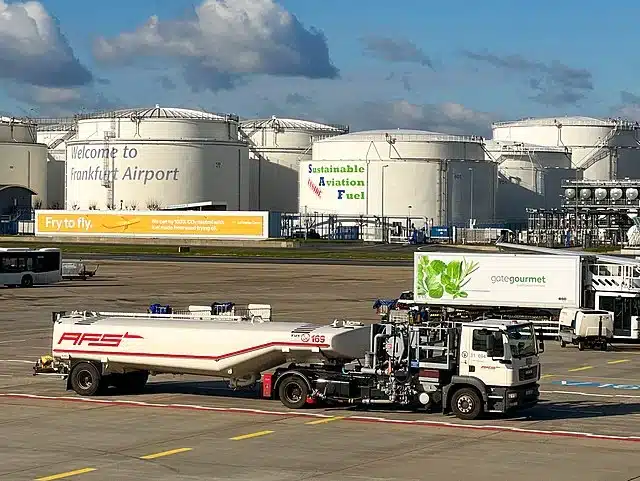
SAF is “Sustainable Aviation Fuel” and you can head over to our WingZero page to check that out. We also have separate articles on Hydrogen and Electricity as power for future aircraft. Now why do we mention these? Well, as engineers you need to understand these developments because all your design, development and hopefully certification will be around these new methods of power storage and use.
Hydrogen for example is an incredibly promising fuel for aircraft. Its efficiency as a power source far exceeds fossil fuels and the by product is water. But hydrogen on aircraft flights is exceptionally challenging to control.
Sustainable Aerospace Engineering
Because we need it as a liquid. Which means extremely cold storage and there are issues around its safety. For electricity, this means batteries. And battery technology needs a quantum leap before it becomes a serious contender. You will see a lot of publicity around Electric aircraft, and that’s a good thing. But you won’t be sitting in a commercial Jet aircraft (over any reasonable distance) in the next 30 years.
Can we combine both technologies? Hopefully. Hybrid engines are already in production. But when you add systems, you add weight. Then you need related safety systems. And systems to test those safety systems. And systems to sense and notify pilots.
Maybe if we can design a single powerplant that could do it all. These engineering disciplines are where we need you. And your peer group.
Additive Manufacturing
What do you mean you’ve never heard of it? It’s also known as 3D printing. But on a larger and more sophisticated scale. GE, Pratt and Whitney and pumping millions into AM. Making complex parts from metals requires complex tooling and milling equipment. AM is a better, cheaper way.
Airbus has over 100 AM produced parts on the A350. The AM design and manufacturing processes can deliver parts that are more accurate and efficiently produced. This can result in one-piece components. We use more efficient materials that introduce weight saving.
Cooling elements and other efficiencies are made that would be impossible or too costly using traditional industrial machines. AM uses laser cutters that cut around corners and with AM all types of geometrical complexity is possible. Every top Aerospace Engineering University in the US has a 3D & Additive Manufacturing Course.
Aerodynamics University
There’s a lot of courses on Aerodynamics. Here’s one from the University of Sydney. Can you imagine, some people get to study Aviation. In Sydney. Jeez, if I had my time back again.
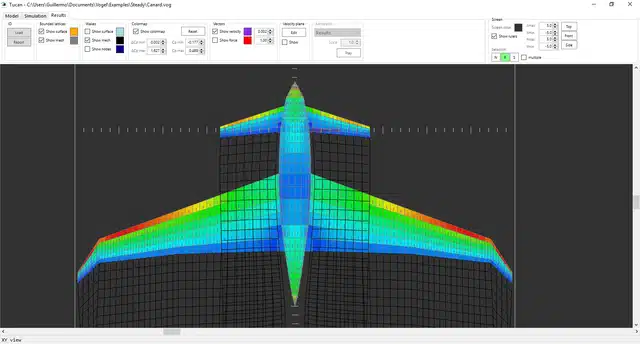
Now you may think Aerodynamics has peaked. We need to stuff people into a habitable space that delivers a comfortable, safe, and commercially viable vehicle, right? The geometry of an aircraft hasn’t changed in 50 years. Well, yes and no.
There are winglets and sharklets. And other improvements. But we need more. And while I’m not saying we must strap Aunt Jinny to the wings of an ultra-light Apple Plane powered by llama shit – there’s always ways to get more efficient.
Improvements are always possible. We are huge fans of Formula 1 here at WT towers and we find it remarkable what a small group of engineers can do in a space confined to 2m x 1.8m x 1m. Every year their engines get more efficient, and the regulators try to slow these guys down. But Mercedes and Ferrari say go spit. I know we’re not comparing apples with apples, but you get my point.
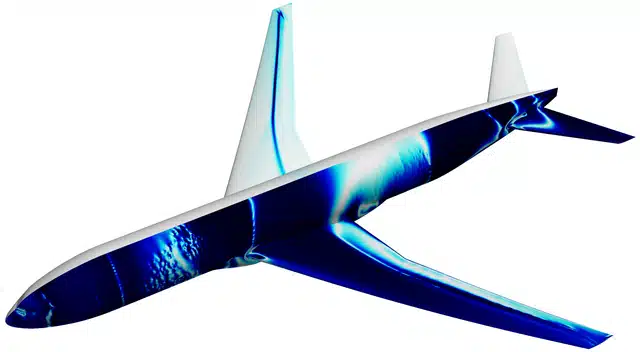
Aerospace Engineering Salaries
| Role | 2021 Mean Annual Wage ($) | Projected Employees by 2031 | Entry Level Education | % Increase in Employment by 2031 | Employers |
|---|---|---|---|---|---|
| Aerospace Engineer | $122,270 | 166,452 | Bachelors Degree | 6% | OEMs, MROs |
| Aircraft Maintenance Technician | $ 65,380 | 153,400 | Postsecondary non Degree | 6% | Airlines, MRO, Airports |
| Hanger Manager | $ 98,230 | 10,000 | High School Diploma | 8% | Airports |
| Operations Specialist | $ 47,880 | 5,000 | High School Diploma | 8% | Airports |
| Aviation Safety Inspector | $ 77,560 | 15,000 | High School Diploma | 4.5% | Airlines, Airports |
| Aviation Planner | $ 76,730 | 35,000 | Bachelors Degree | 2.5% | Airlines |
| Aviation Systems Engineer | $ 122, 270 | 153,400 | Bachelors Degree | 6.3% | Airlines, MROs |
| Aviation Human Resources Specialist | $ 126,230 | 234,000 | Bachelors Degree | 7.3% | Airlines, Airports, MROs |
| Aviation Data Analyst | $ 96,710 | 125,000 | Bachelors Degree | 8% | All Employers |
*Salary is Median Range in US 2021 dollars according to the US Bureau of Labor statistics. This has been crossed referenced with five top G7 countries and found to be within 3-5%. For indicative purposes only.
If you’ve come here as an aerospace engineering student, we hope that we have added something to your degree program decision-making. If you’re from a government, please look at helping these students get into these aerospace engineering departments.
We need students to think outside the fuselage. Don’t think of what you might do or what you might become. Think of what needs to be done. The problems our industry desperately needs to be solved. That is a path we feel worth following.


